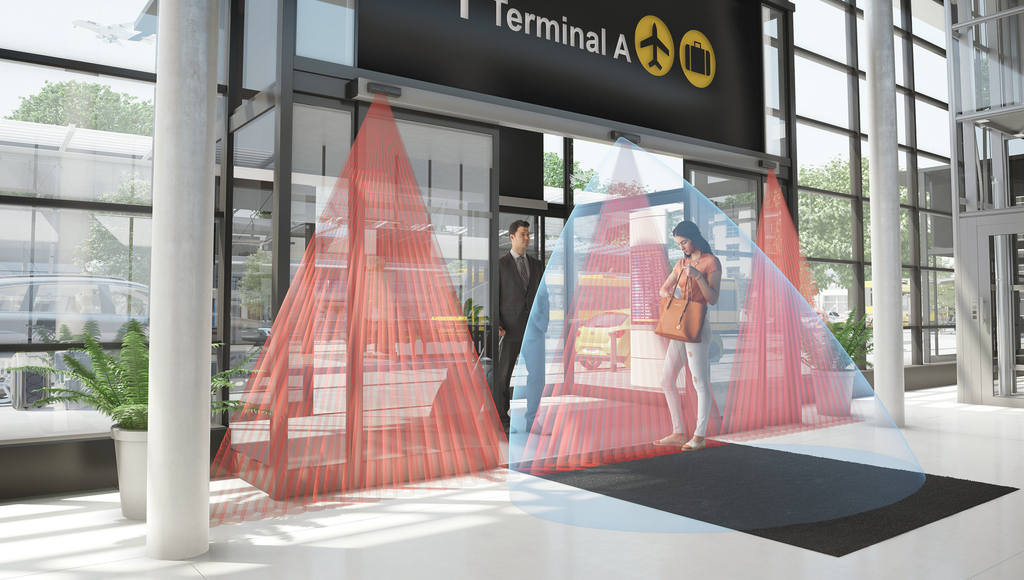Pedestrian Entrance Sensors
Sliding Doors are commonly found in grocery stores, airports and retail shops. The primary uses of sensors on sliding doors are to ensure safety, provide activation and enhance overall accessibility. Sliding Door sensors also help meet the ANSI 156.10 standards created to protect the people and objects passing through a door. When Sliding Doors are outfitted with BEA sensor technology, both pedestrian safety and traffic flow are maximized.
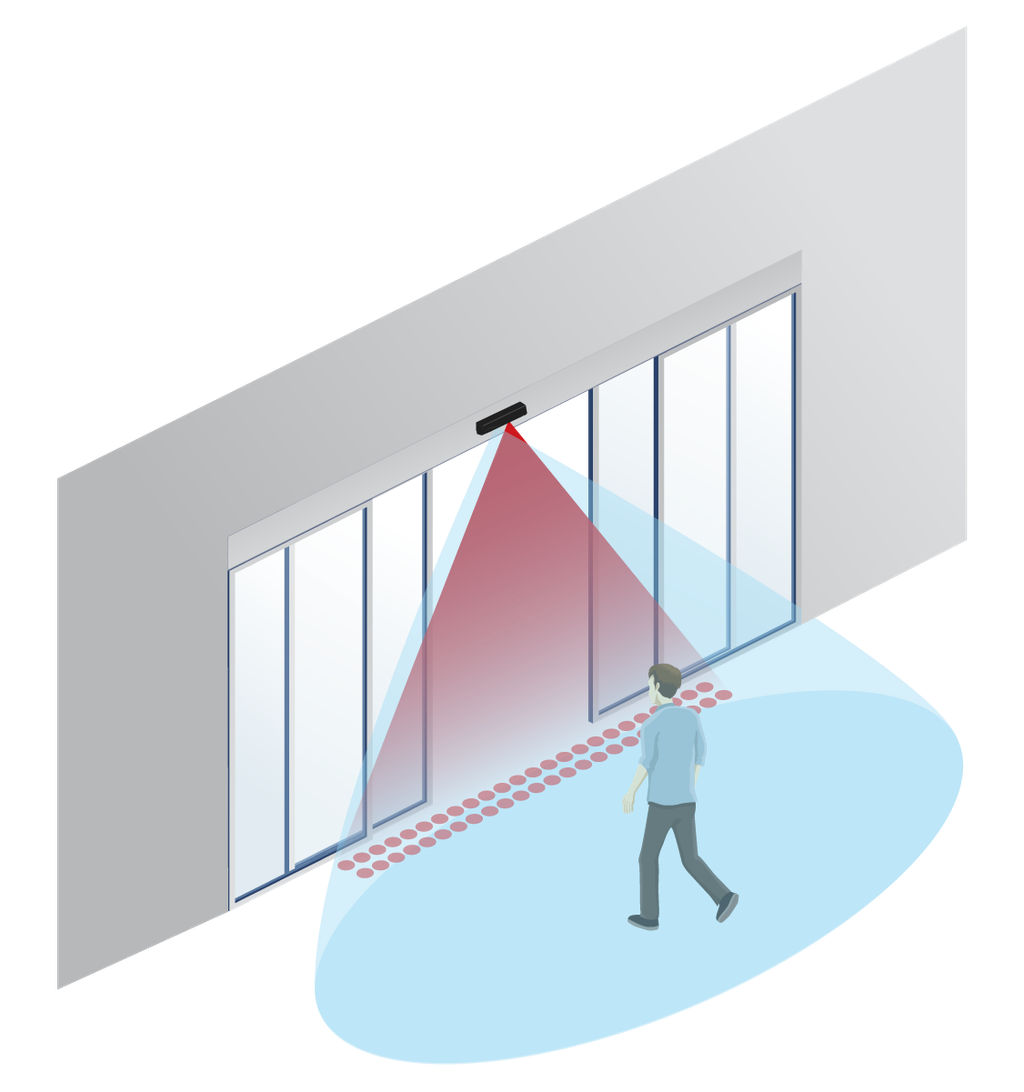
Dual Technology Sensors for Sliding Door Activation and Safety
By combining activation and safety into a single sensor, these dual technology solutions maximize pedestrian safety and accessibility while reducing installation time. Our cutting-edge sensors are easy to install, setup and operate with on-board LCD and visible alignment spots.
-
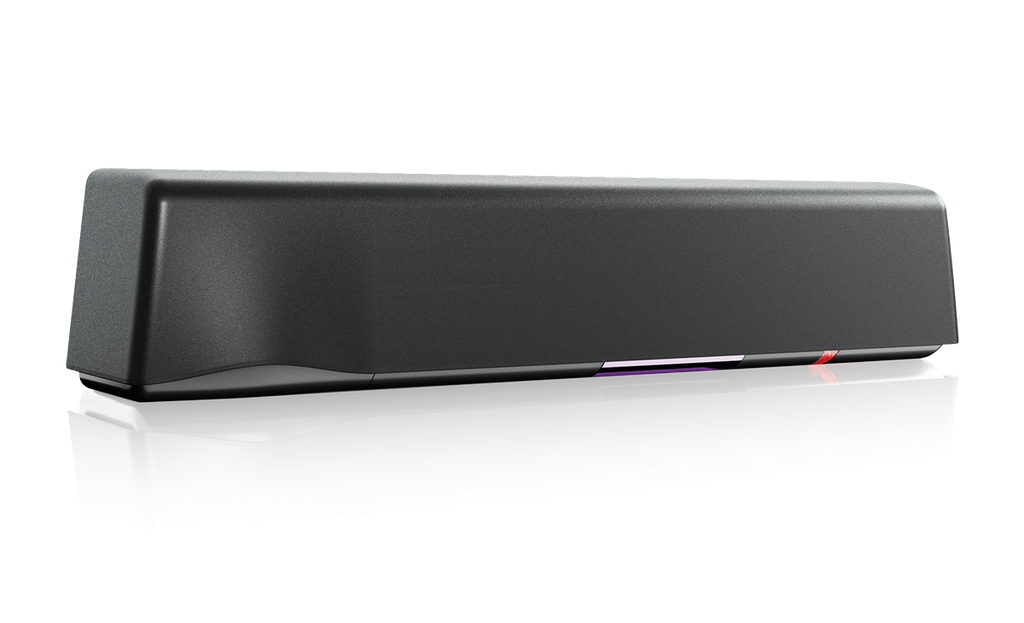 ULTIMOLearn more
ULTIMOLearn more -
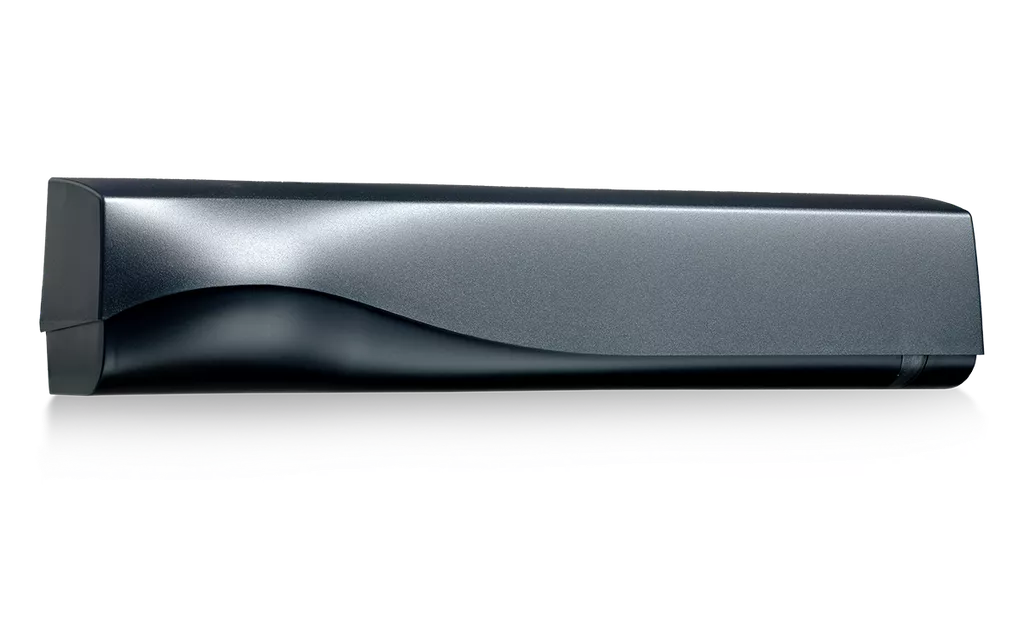 IXIO-DT1Learn more
IXIO-DT1Learn more -
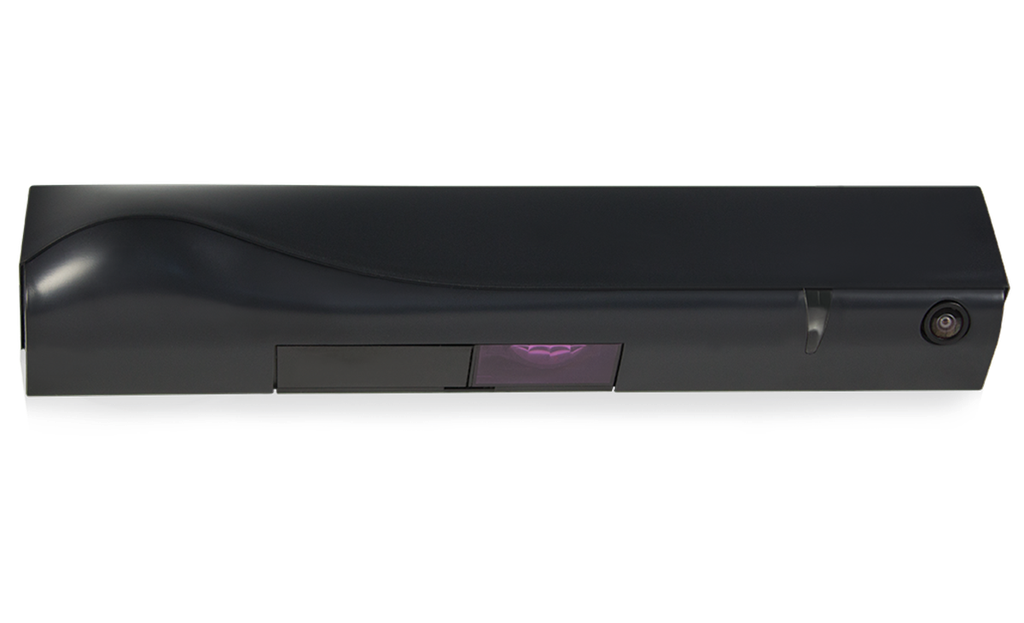 IXIO-DT1VLearn more
IXIO-DT1VLearn more
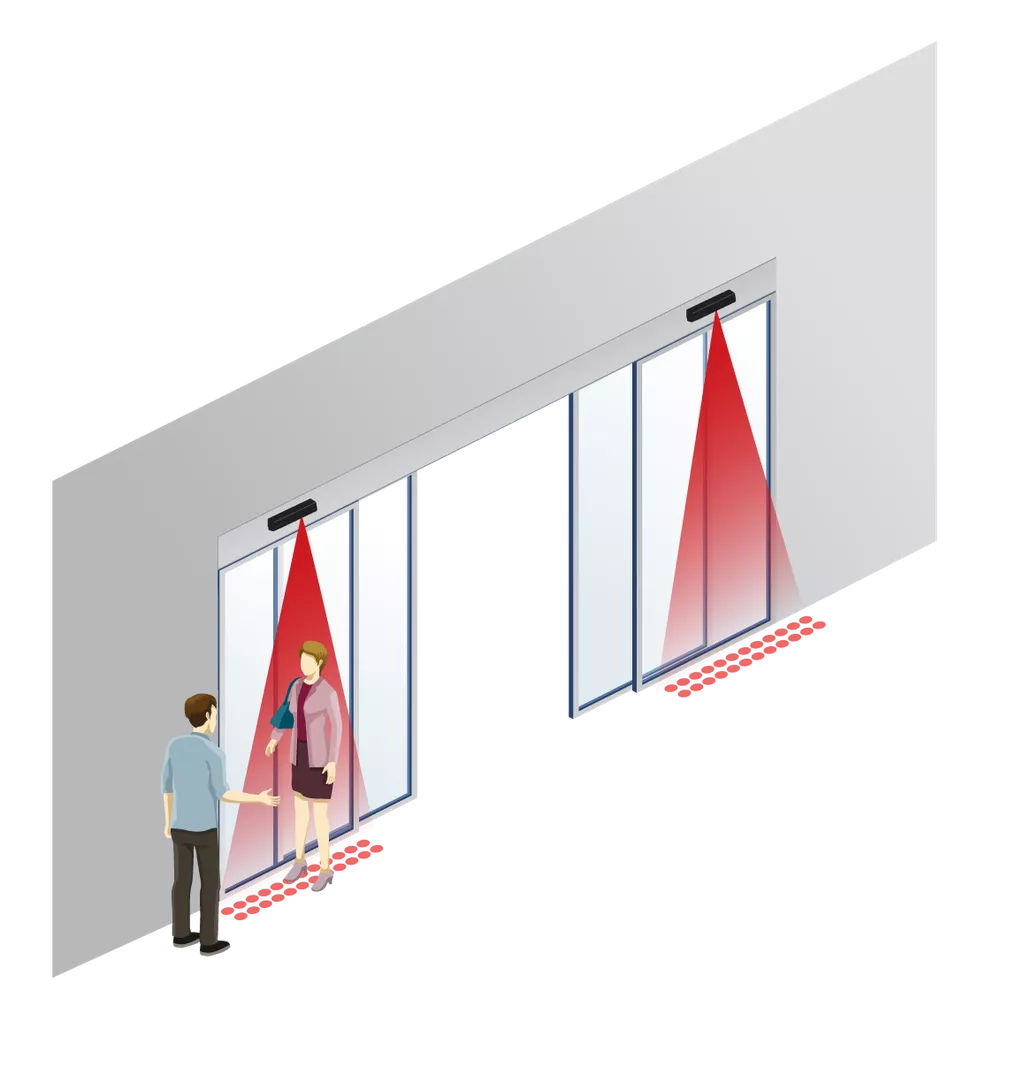
Presence Detection for Threshold and Side-Lite Safety on Sliding Doors
In applications with preexisting methods of activation, infrared presence sensors are extremely effective safety solutions. These sensors can be used in conjunction with an activation sensor to protect key areas around the door during the opening and closing cycles.
-
 IXIO-STLearn more
IXIO-STLearn more -
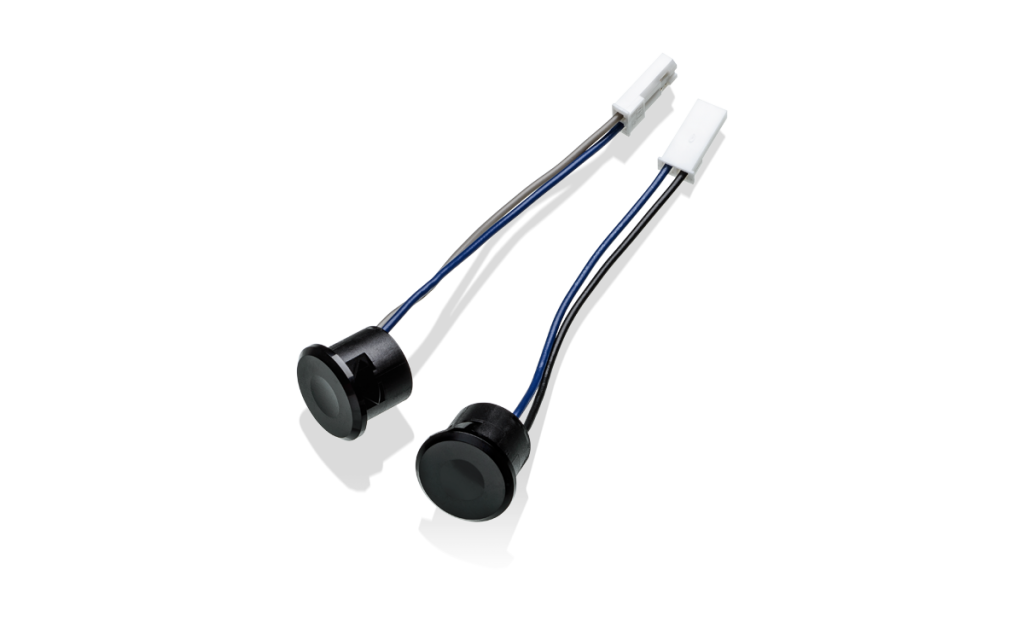 MICROCELLLearn more
MICROCELLLearn more
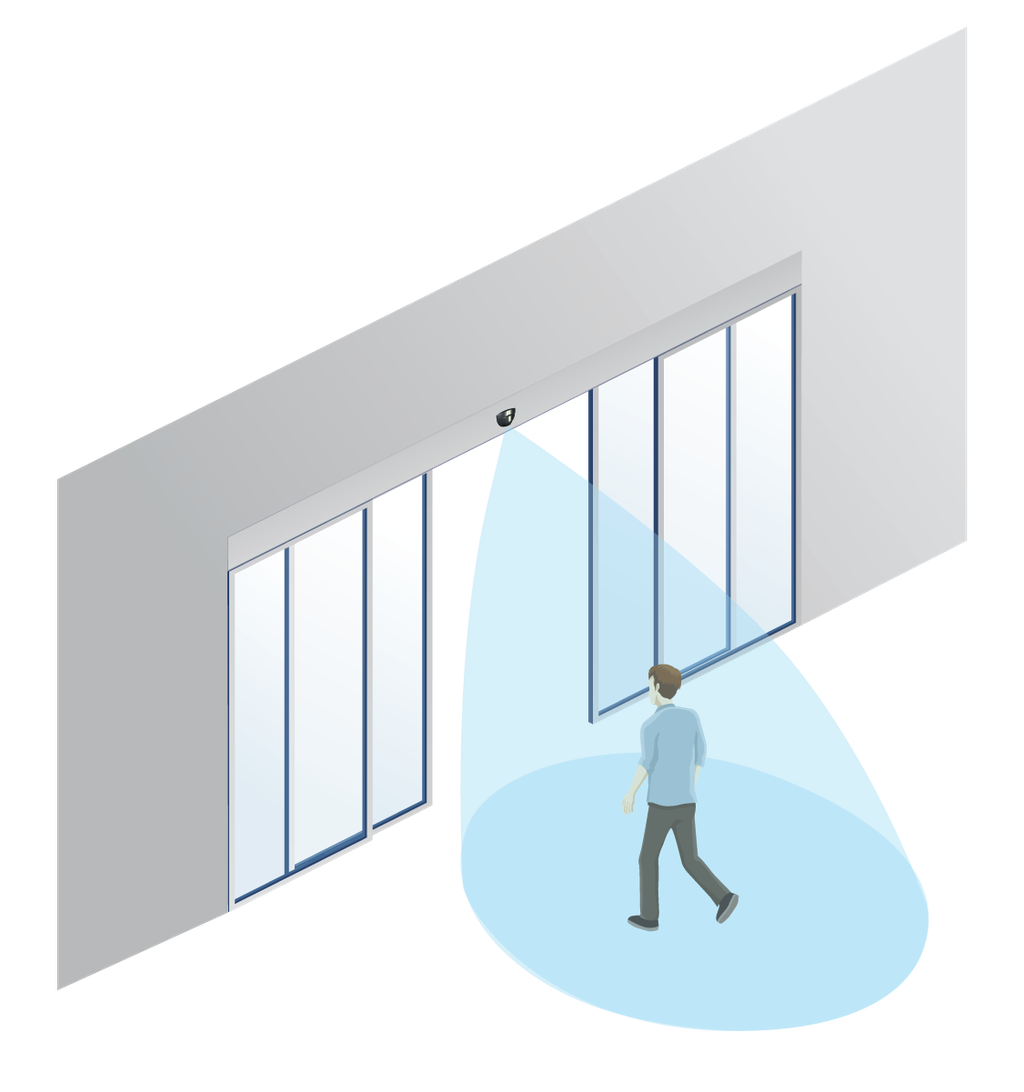
Motion Detection Used to Activate Sliding Doors
Motion sensors utilizing microwave technology create a reliable and effective means of activation for sliding doors. As this technology can distinguish between approaching and departing traffic, these unidirectional sensors help improve a facility’s energy savings.
-
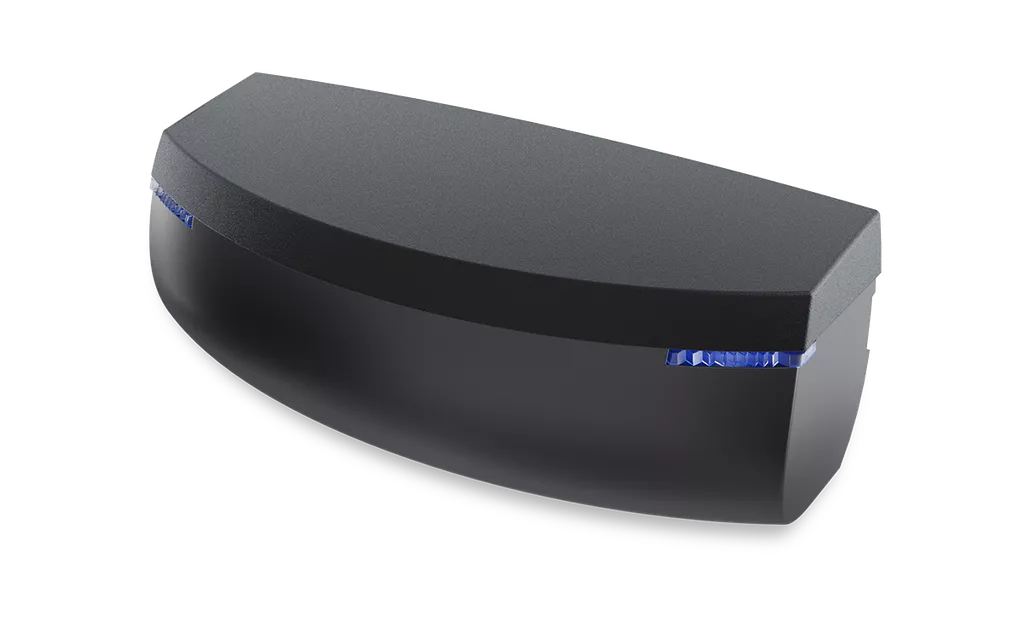 EAGLE ARTEKnewLearn more
EAGLE ARTEKnewLearn more
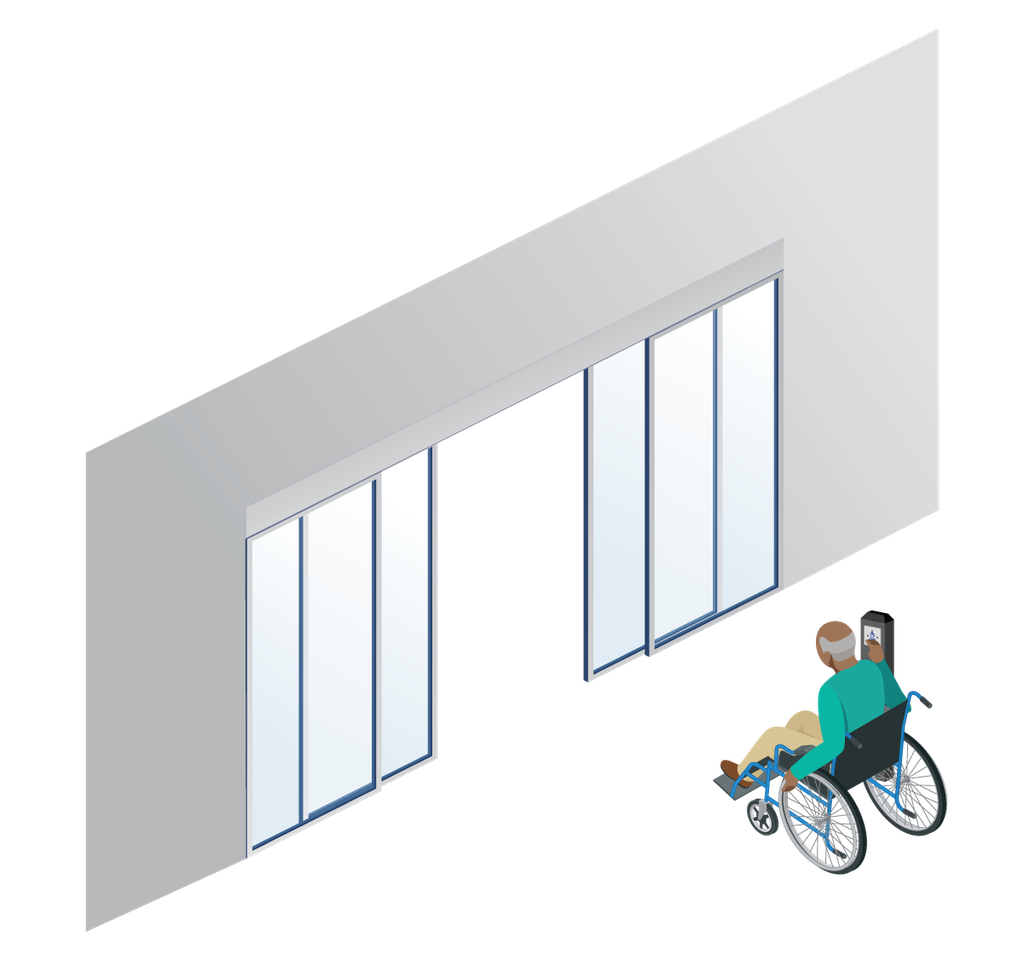
Push Plate Activation for Sliding Doors
Push plates increase accessibility and help meet building codes and standards associated with automatic pedestrian sliding doors.
-
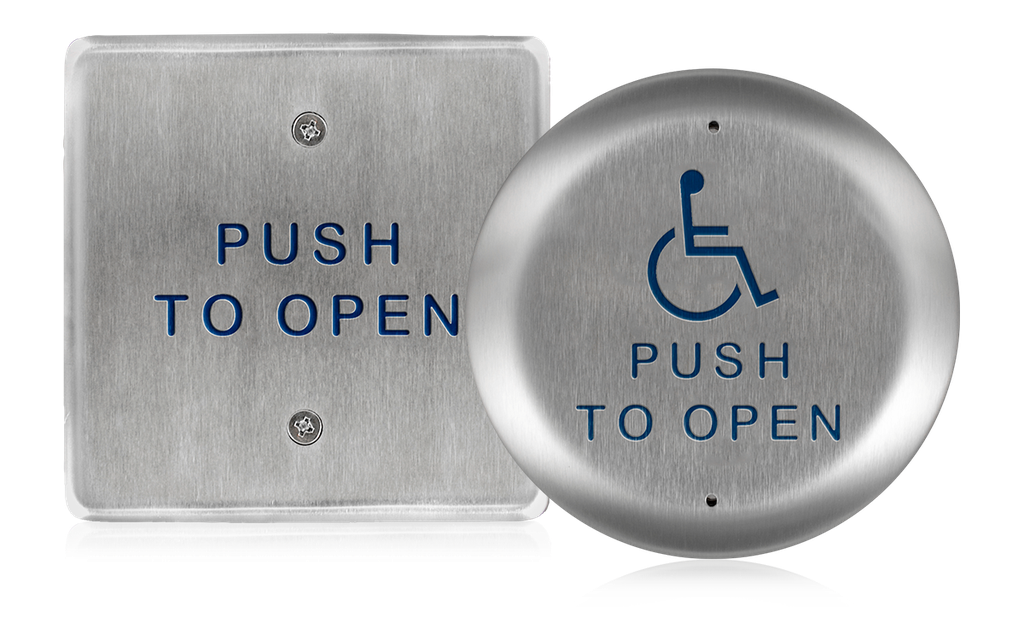 4.5 INCH ROUND & SQUARE PUSH PLATESLearn more
4.5 INCH ROUND & SQUARE PUSH PLATESLearn more -
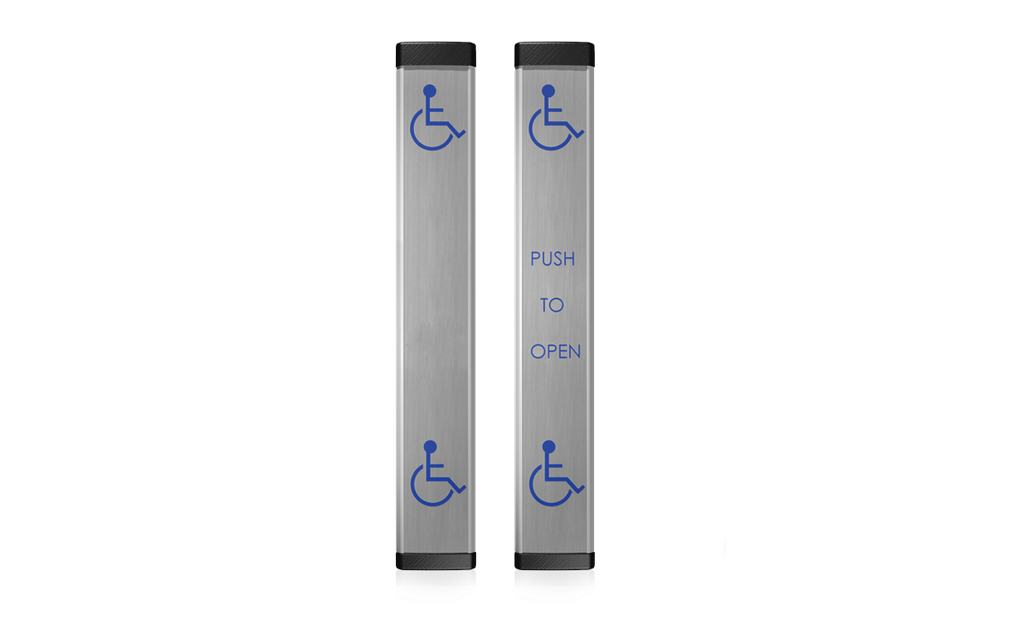 LPR36Learn more
LPR36Learn more -
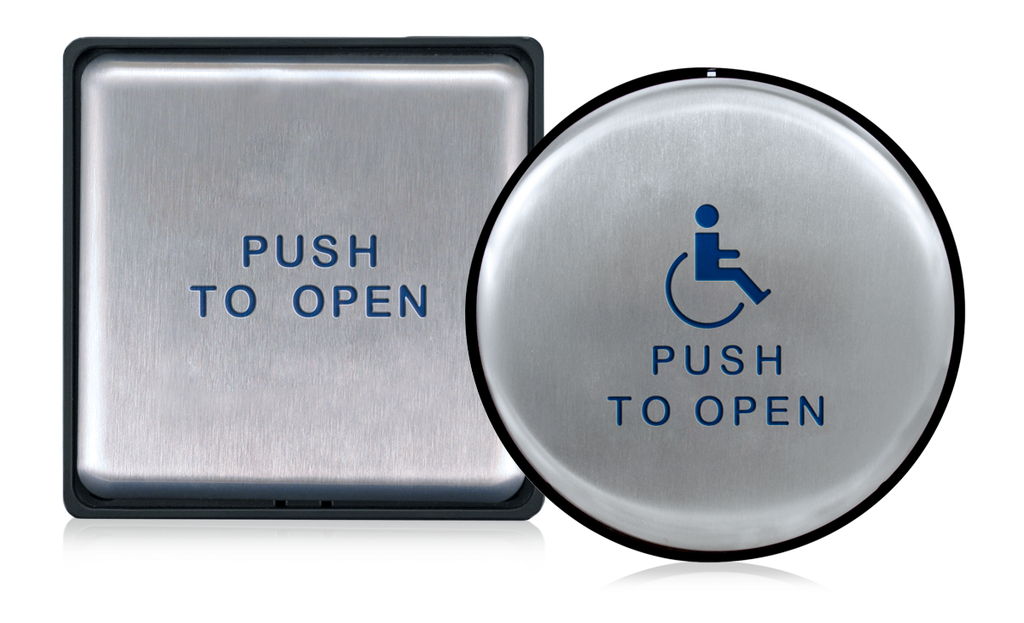 PANTHER FAMILYLearn more
PANTHER FAMILYLearn more
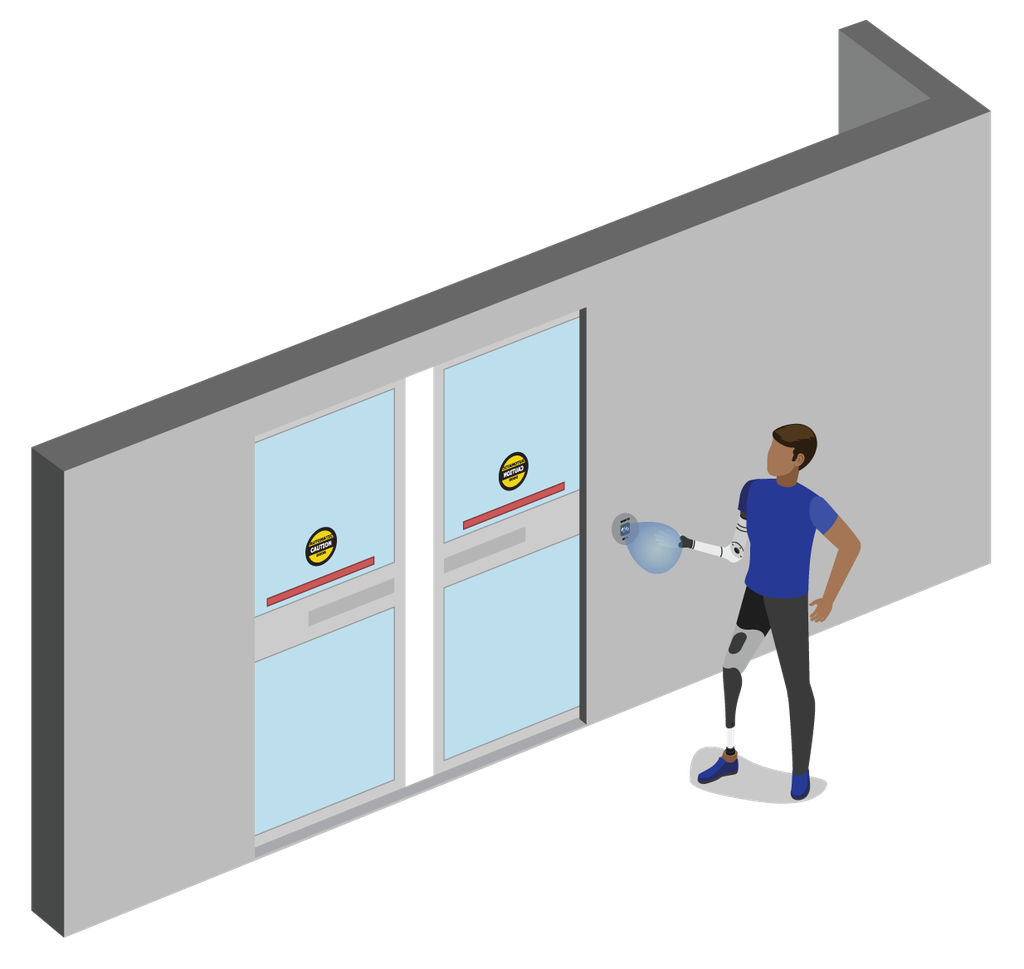
Touchless Activation for Sliding Doors
Touchless actuators increase accessibility, help meet building codes and standards associated with automatic pedestrian sliding doors, while helping to reduce the spread of germs and bacteria in facilities such as hospitals.
-
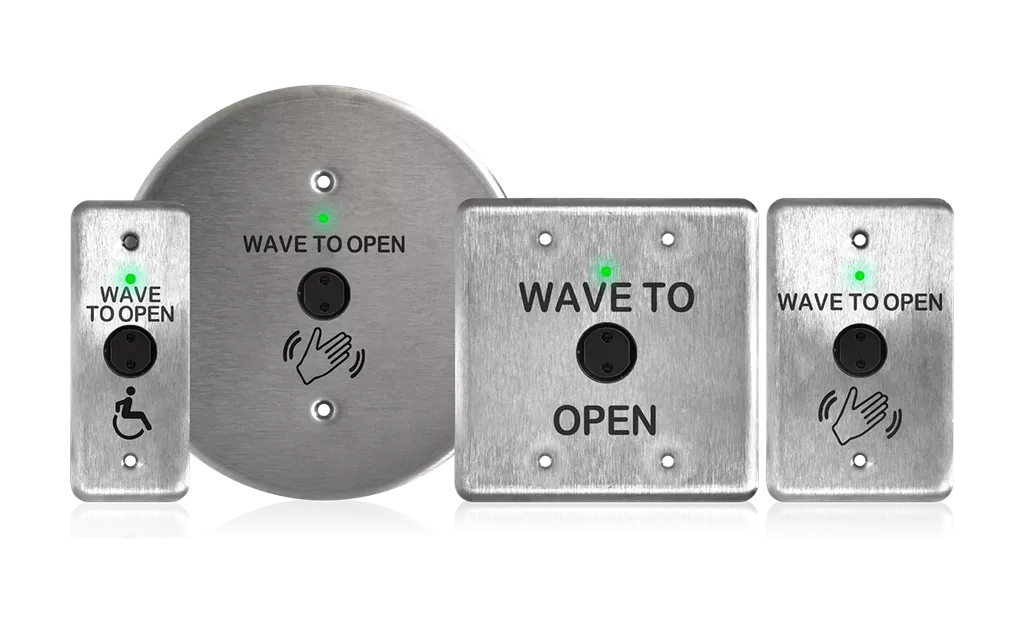 MS51Learn more
MS51Learn more -
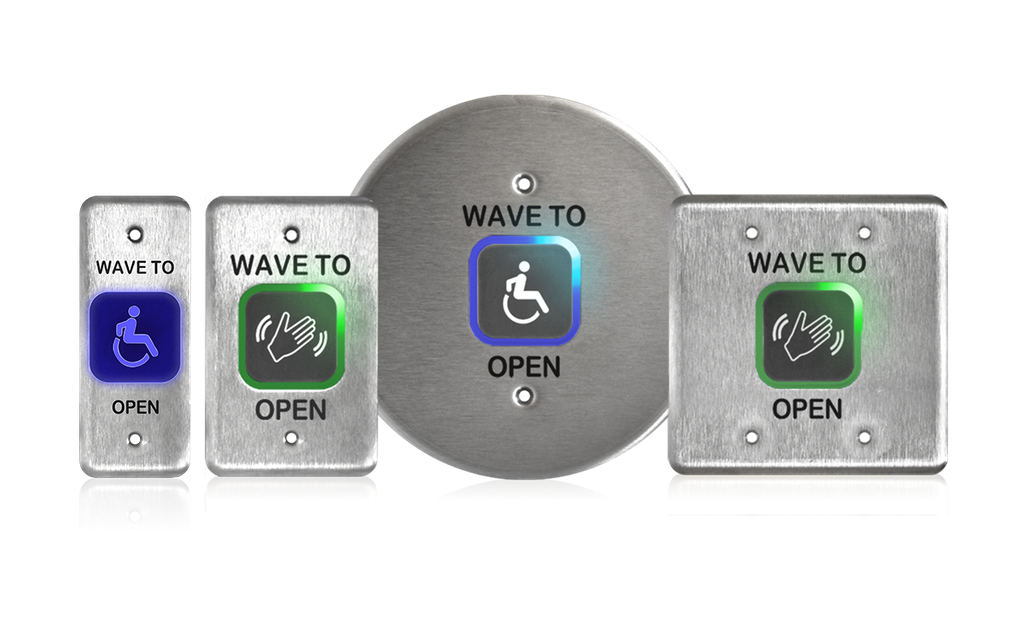 MS41Learn more
MS41Learn more -
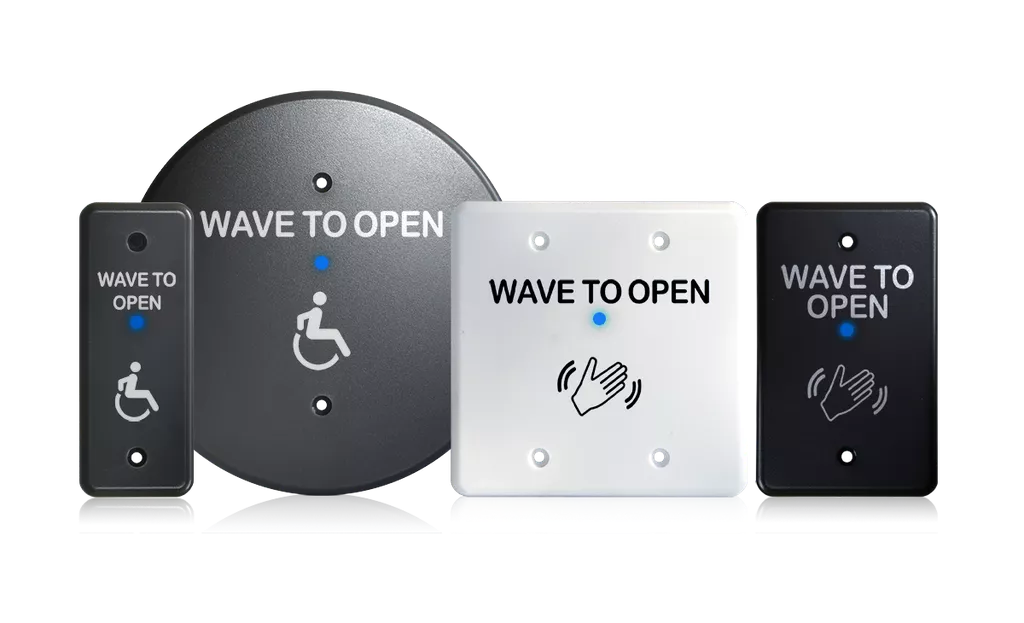 MS31Learn more
MS31Learn more
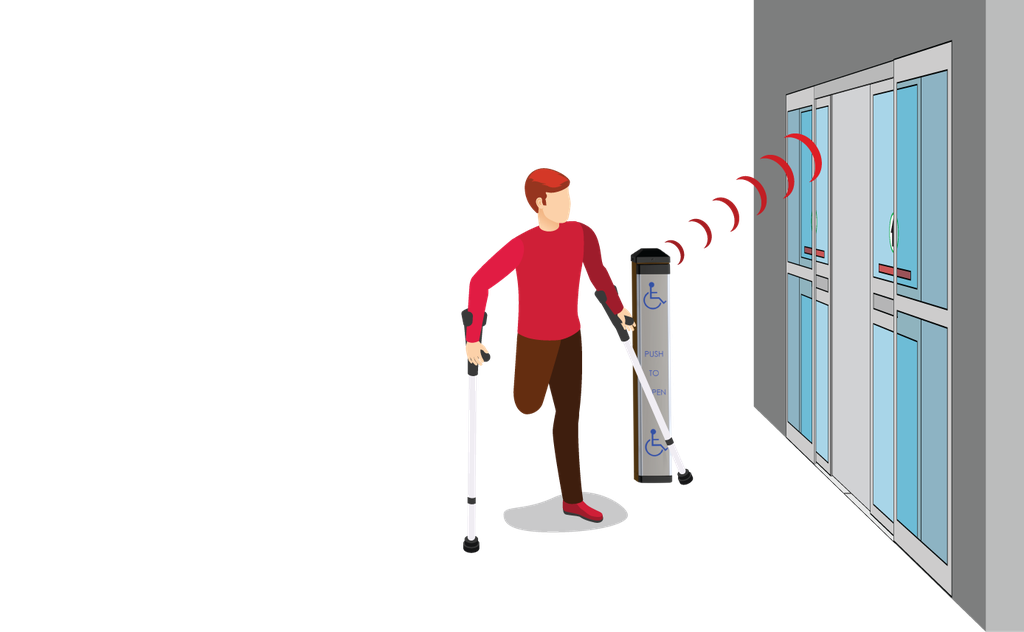
Wireless Activation for Sliding Doors
Wireless activation devices help to enhance accessibility and allow for reduced installation time. Handheld transmitters are available for a convenience method of on-demand activation.
-
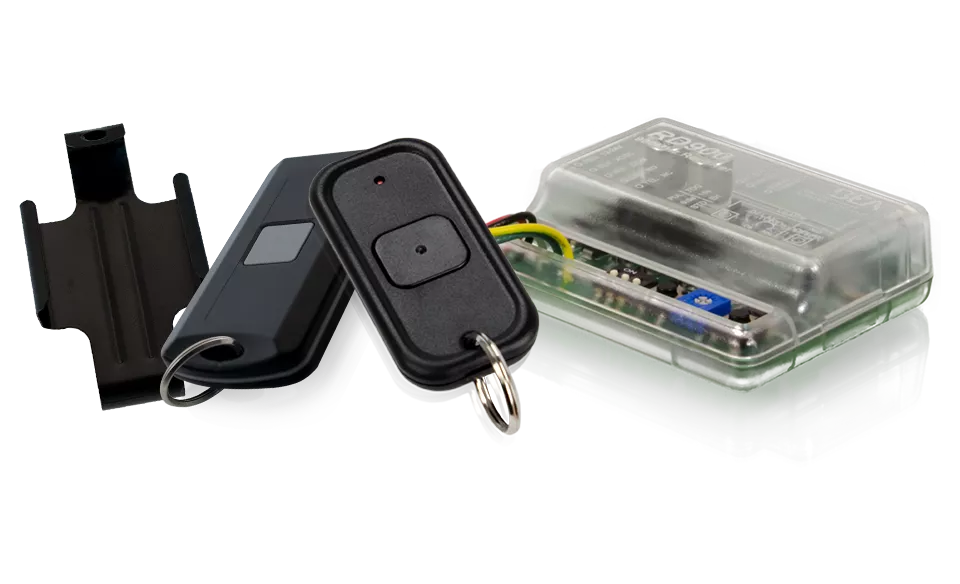 900 MHZ Wireless FamilyLearn more
900 MHZ Wireless FamilyLearn more -
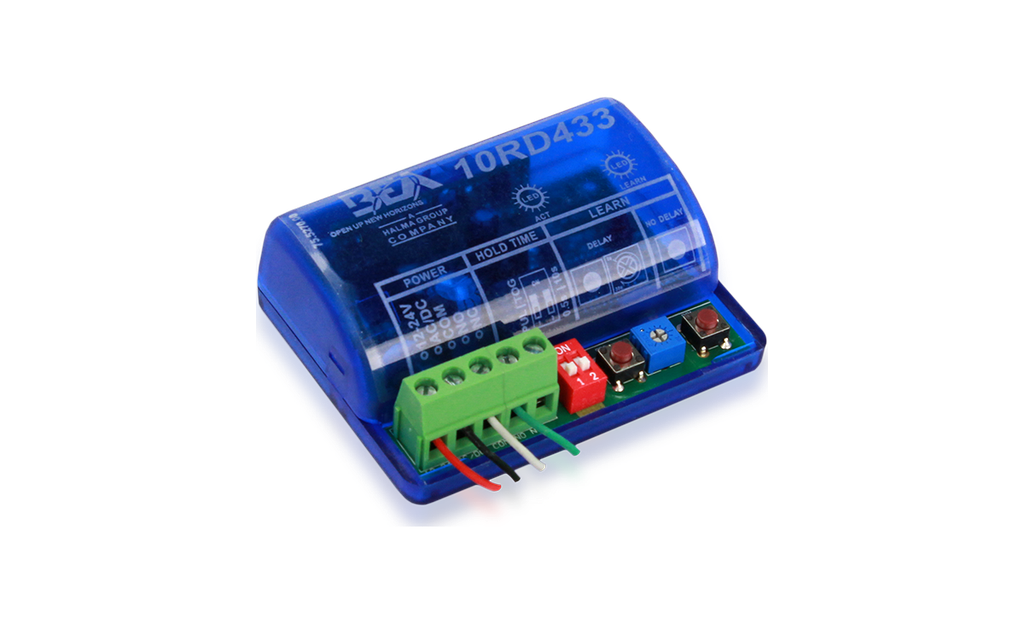 433 MHZ FAMILYLearn more
433 MHZ FAMILYLearn more -
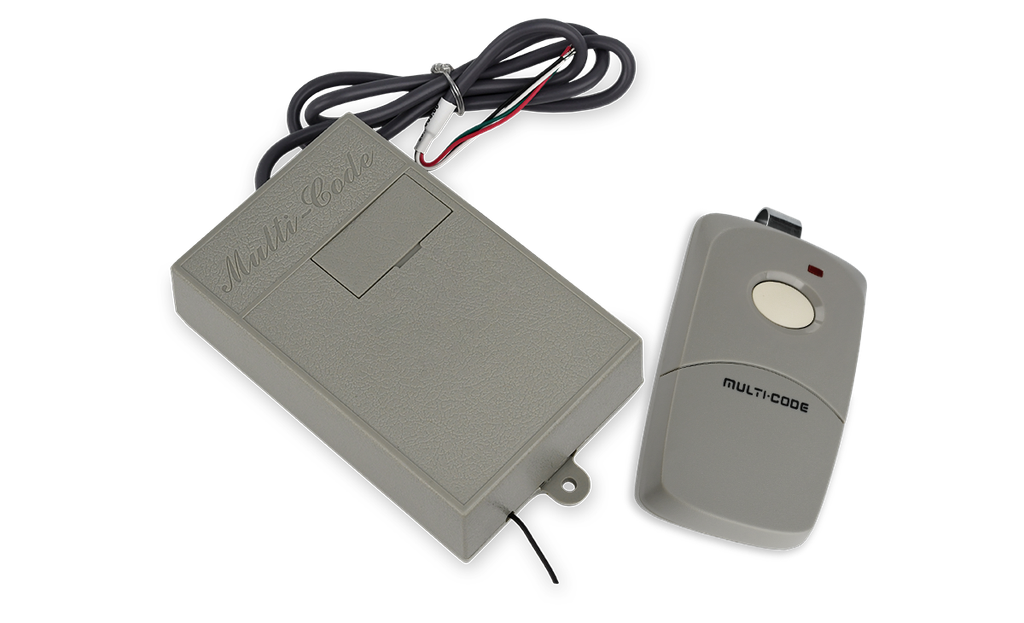 300 MHZ FAMILYLearn more
300 MHZ FAMILYLearn more
See all our segments
-
-
Doors & Windows
-
Security & Access Control
-
-
-
Doors
-
Gates & Barriers
-
-
-
Autonomous Robots
-
Traffic & Transport Solutions
-
Asset Protection
-
